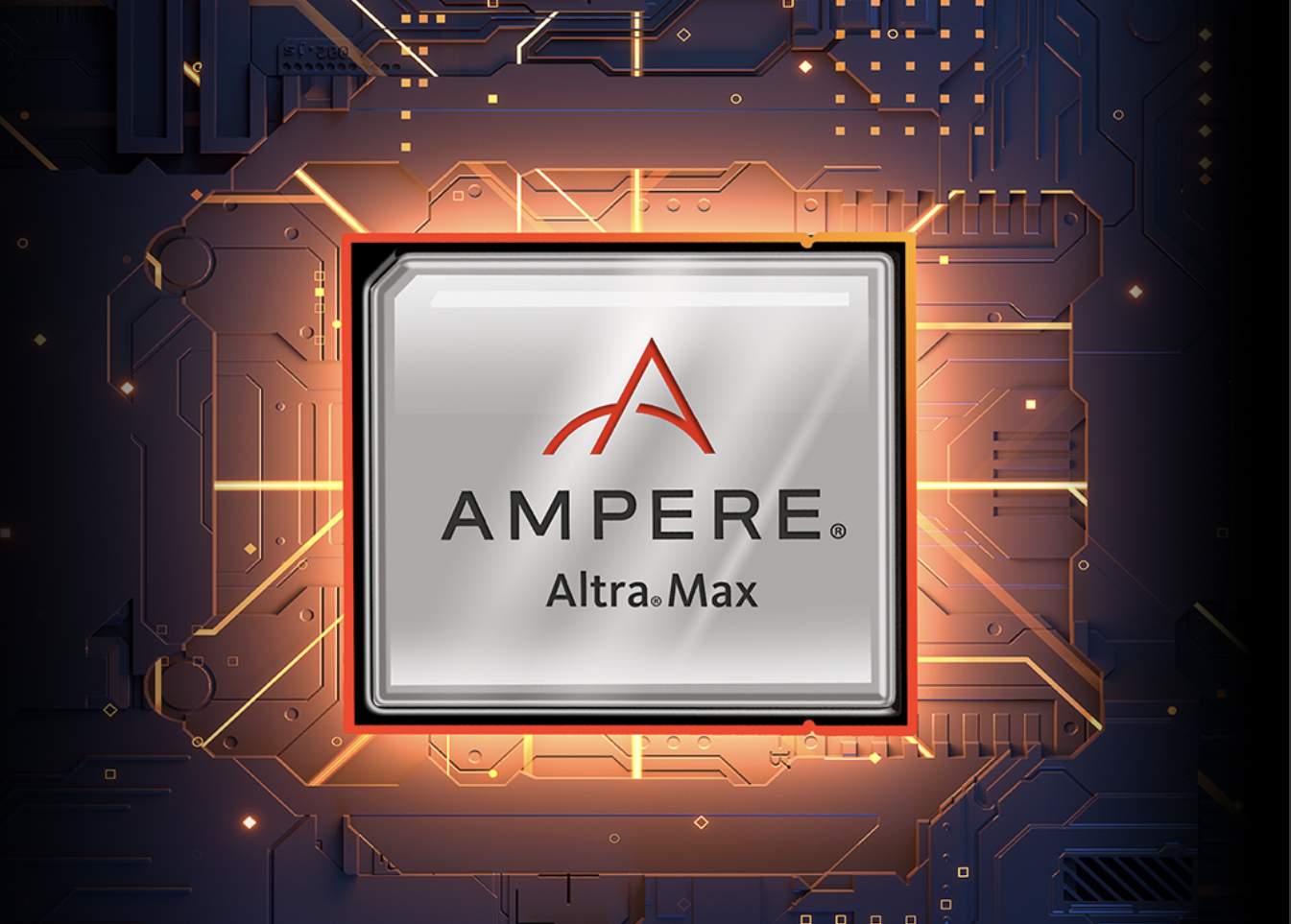
If you ever wondered whether it would be possible to game on one of Ampere's "Altra Max" 192-core CPUs, you'll be glad to know the company has just released a "Gaming under Linux" guide. It aims to empower users in setting up Steam AArch64 platforms for Linux - alongside Steam Play (Proton) itself - within the open-source OS, with Ampere's 192 cores serving as the proverbial cart pushers.
This is not just any old PDF guide, either. Instead, Ampere is maintaining a GitHub repository meant to ease users into configuring a system based on the company's Ampere Altra, Altra Max, and Ampere One CPUs. It should also be applicable to other (generally less-powerful) 64-bit Arm platforms offered by Ampere's competitors.
Of course, Ampere only sells CPUs - there's still the need for a GPU in there somewhere taking over for graphics calculations. Ampere's documentation, for instance, uses a server-geared NVIDIA RTX A6000 to pull GPU duty. If you're curious about what that means in terms of pure graphics performance however, you might be in for a disappointment: the $6,800, 48 GB VRAM-toting A6000 delivers around 5-26% less performance than Nvidia's GeForce flagship, the RTX 4090, across both gaming (expected) and professional workloads (much more unexpected).
Remember that "Windows gaming on Linux" has been mostly conquered through Proton, leading to playable performance for most games released (and available) on the Steam Deck. That this can happen even while running an emulation layer is already a showcase of how powerful mobile chips have become. But with 192 cores available to process both the gaming's computing requirements and the additional overhead from the translation layer, it's hard to see how Ampere's idea falls flat --that's likely enough horsepower to push through any leftover "muck" in the emulation code (which in the case of Ampere's installation, is taken care of through the use of Box86 and Box64).
It's interesting that Ampere went to the trouble of creating such a package and tutorial guide: We'd expect the company's server CPUs to currently be staying far, far away from any gaming workloads. Of course, programmers and Large Language Model (LLM) wizards have a right to game, too. And perhaps there's demand for an Ampere-based gaming solution on the more mundane, tedious days. Or perhaps this is just a case of a company pointing out that gaming is possible on its products, in the hopes of raising its profile. Either way, it's nice to know that PC gaming is possible without Windows or native x86.







